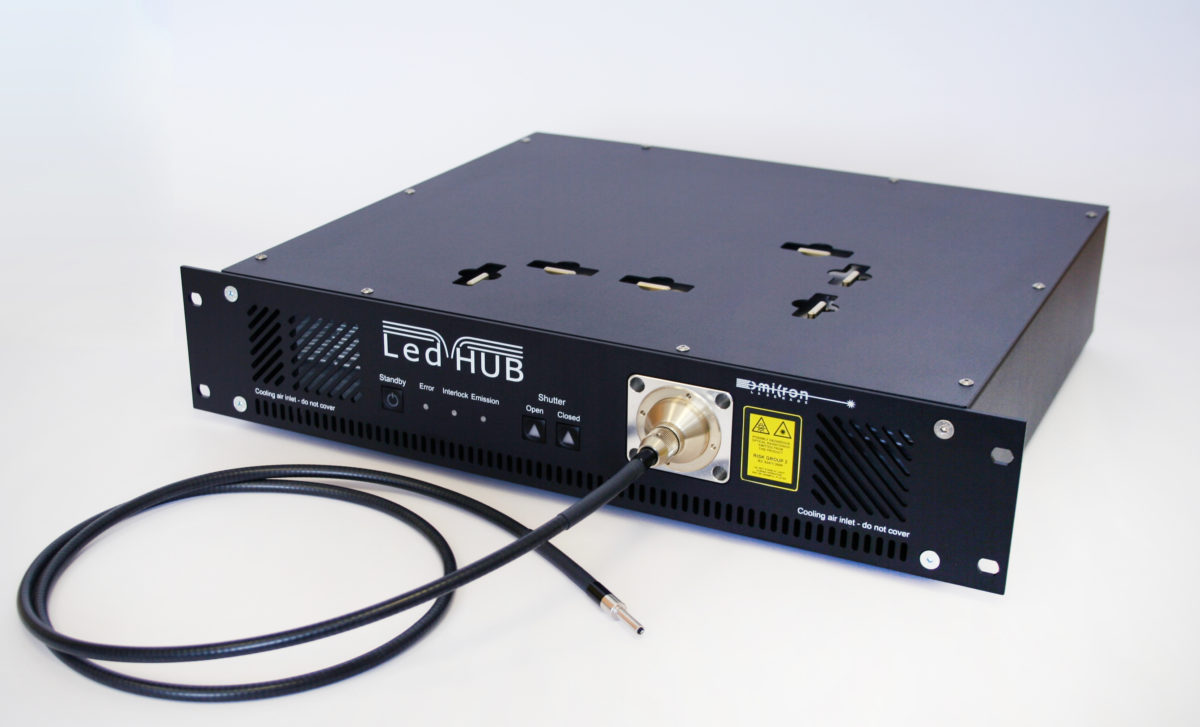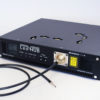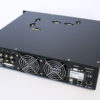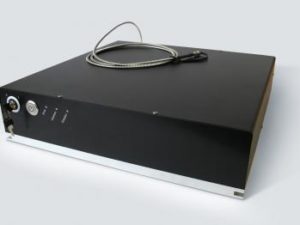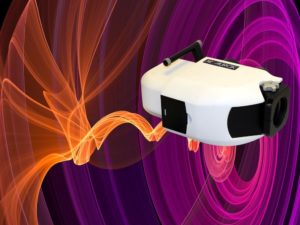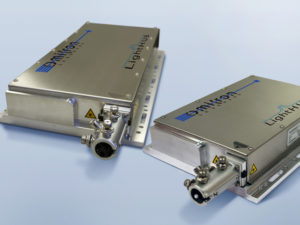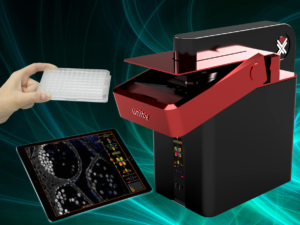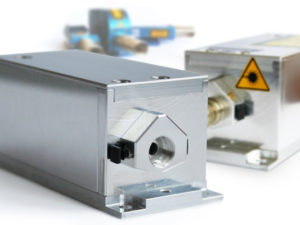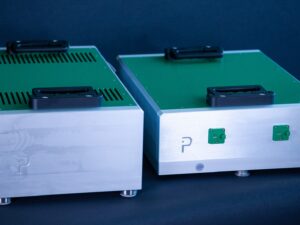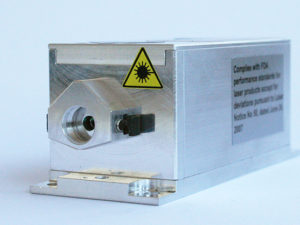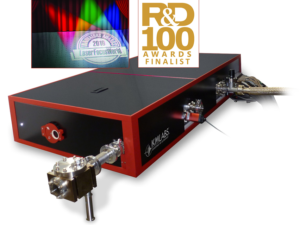Description
The Omicron LedHUB is a high power LED light source for Biotech, industrial and analytical applications. With up to 6 different wavelengths between 365 and 840nm, it can be used in applications like widefield microscopy, optogenetics, chemical analysis, forensics to name but a few. The modular principle of the LedHUB® provides the possibility to start with only one or two wavelengths initially and user-upgrade to further wavelengths at a later stage. The capability of fast switching between the wavelengths and high speed analogue modulation of the intensity is a key feature for demanding applications.
Available wavelengths / powers:
- 365nm / 400mW*
- 385nm / 1000mW*
- 405nm / 500mW*
- 455nm / 500mW*
- 470nm / 400mW*
- 505nm / 200mW*
- 505…600nm / 800mW* – wavelength selectable by bandpass filter
- 625nm / 500mW*
- 660nm / 500mW*
* The optical output power depends on the used fiber / liquid light guide diameter and installed bandpass filters.
Available Fibre coupling types:
- 2mm Liquid Light Guide.
- 3mm Liquid Light Guide.
- 5mm Liquid Light Guide.
- SMA-905 connectorised Quartz Fibres.
- FC/PC connectorised Quartz Fibres.
Excitation Bandpass Filters:
6x (1 per wavelength) – easily exchangeable by user.
External Modulation:
6x Analogue modulation input:
- Frequency: DC….200kHz.
- Rise-/falltime: <2 microsecs.
- Extinction ratio: infinite.
- Input signal type: 0…5V or 0….10V (user configurable).
- Connector type: BNC or Sub-D.
6x Digital modulation input:
- Frequency: DC….200kHz.
- Rise-/falltime: <2 microsecs.
- Extinction ratio: infinite.
- Input signal type: TTL (5V).
- Connector type: BNC or Sub-D.
Internal Signal generation:
- 6 Individually programmable PWM frequency generators (1 for each wavelength).
- Frequency: up to 200kHz.
- Duty-Cycle: 1…99%.
External synchronization:
1x SYNC-Input for synchronisation to external signals:
- Input signal type: TTL (5V)
- Connector type: BNC or Sub-D
1x SYNC-Output for synchronisation of external units:
- Output signal type: TTL (5V)
- Connector type: BNC or Sub-D
Control interface:
Type: USB 2.0 and RS-232
Control software:
Omicron Control Center – WindowsTM based laser control software
Supply Voltage:
100-240VAC, 50/60Hz, 250W max.
Mechanical size:
19 inch rack housing, 2 height units
L x W x H: 383mm x 484mm x 88mm ( without fiber coupler and connectors)
Available options:
- LLGA2 – Liquid Light Guide Adapter including 2mm Liquid Light Guide (1.5m).
- LLGA3 – Liquid Light Guide Adapter including 3mm Liquid Light Guide (1.5m).
- LLGA5 – Liquid Light Guide Adapter including 5mm Liquid Light Guide (1.5m).
- LHSMA – Fiber coupling unit for SMA-905 connectorised fibres.
- LHFCPC – Fiber coupling unit for FC/PC connectorised fibres.
- LHOLYMP – Olympus microscope adapter for 3mm Liquid Light Guides.
- LHLEICA – Leica microscope adapter for 3mm Liquid Light Guides.
- LHZEISS – Zeiss microscope adapter for 3mm Liquid Light Guides.
- LHNIKON – Nikon microscope adapter for 3mm Liquid Light Guides.
Applications:
- Microscopy.
- Optogenetics.
- Flow Cytometry.
- Chemical Analysis.
- Forensics.




